Inside the police sting that brought down smuggling syndicate
It was a year-long investigation that resulted in more than 20 arrests, and it took everything police had. From listening to thousands of calls to watching every step made by the key players who had no idea they were being followed.
True Crime
Don't miss out on the headlines from True Crime. Followed categories will be added to My News.
For three decades, Sydney has regarded the House of Ibrahim with fear and fascination.
Now, for the first time, we take you inside the private world of this complicated family thanks to an enormous cache of surveillance material tendered to a NSW court.
There are more than 880 phone calls and texts that were covertly recorded by police over more than a year, revealing the truth about feuds, grudges and family lore, including the secret tunnel under patriarch John Ibrahim’s Eastern Suburbs mansion.
There are hundreds of police photos taken inside Ibrahim homes during police raids, and an even larger collection of surveillance photos taken by police tailing family members and associates through the city’s streets.
The material sheds new light on the family’s networks, reaching beyond brothers John, Fadi, Michael and Sam to the far reaches of entertainment, night-life, property and crime. On their private calls, the brothers and their associates detail their rivalries and power struggles, as well as moments of “us against the world” camaraderie and black humour.
They are the mysterious five who were the initial targets of the investigation that brought down Michael Ibrahim and a number of others in his network.
But who were they?
The identities of four of the targets were deemed so sensitive, their names were redacted under heavy black ink.
What is known is that police had their sights on Ryan Watsford from the beginning of the probe known as Operation Veyda.
His name was one of five included on the documents the Australian Federal Police lodged with the Administrative Appeals Tribunal on June 10, 2016.
It was the box-ticking process the police had to go through to get the legal green light before the AFP could set a number of undercover police loose on Watsford and the other four.
As the other targets — like Michael Ibrahim and Mostafa Dib, aka Mustapha Dib — came into contact with the undercovers, they were included on later authority forms months down the track.
But there is still mystery as to the identities of all of the people being targeted.
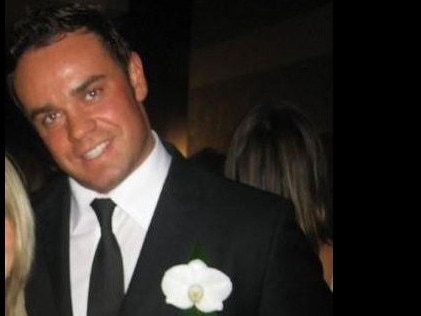
The initial form — officially known as a “Formal authority for a major controlled operation” — said the AFP was investigating commercial drug importation from the US and New Zealand to Australia, plus more than $1 million that was the proceeds of crime.
Investigators were given authority to use four undercover operatives but the number later expanded to seven.
The codename for one of the operatives was left unredacted, leaving open the conclusion the undercovers were from the NSW Police Force and on loan to the AFP.
Three of the undercovers had their missions briefly outlined in the document that they were to engage with a person, whose name was redacted, and “their agents” to purchase, manufacture and import illegal drugs and launder money.
A fourth undercover had their entire entry — including their codename, their target and a brief outline of their mission — completely redacted.
To keep the undercover operation going, the AFP had to reapply every three months to be granted an authority which allowed the officers to engage in illegal conduct to catch their targets.
They also had to apply for variations to the authority when they became aware of a new person they wanted to target or if they wanted to “alter” the illegal “conduct” the undercover was engaging in.
So as the investigation evolved, so did the authority forms.
The parts of the investigation that have so been aired in court show that it involved one undercover playing a lead role infiltrating the Ibrahim clan, while others played minor supporting roles when the situation called for it.
However, the extent of all of the undercover work and who they were targeting is unknown.
Two days before the main undercover was introduced to Michael Ibrahim at the Sheraton on the Park Hotel in Sydney’s CBD on November 10, 2016, police applied for a variation and added Michael as a target of the controlled operation.
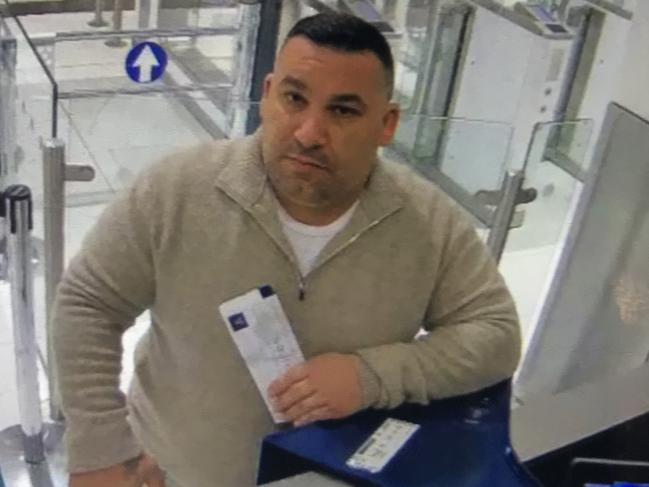
As the undercover climbed the criminal hierarchy, the wording of the authority forms became more specific about the exact crimes they were targeting.
By November 2016, two more undercover operatives had been added to the investigation, taking the number to seven.
The fourth undercover appeared to be targeting someone other than Watsford and Michael Ibrahim while Dib was not yet in the frame.
Watsford and Michael Ibrahim were mentioned by name in the entries of the other undercovers along with a third person whose name was redacted.
But the fourth undercover appeared to be targeting another person, or people, whose names were redacted.
Five days after the undercover met him on November 18, 2016, police applied for another variation and Dib’s name appeared on the authority.
By May 12, 2017, three of the undercovers had every detail of their mission blacked out on the variation of authority form lodged on that day.
On June 7, 2017, the AFP made another application to add more undercovers to the investigation but all details of their involvement were redacted.
This came after the year-long investigation that resulted in more than 20 arrests, which it took a herculean police effort.
From police listening to thousands of calls from key players to watching every step made by the key players who had no idea they were being followed, no question was left unanswered.
One of the more remarkable aspects of the investigation known as Operation Veyda was how police were able to place surveillance photographers in all the right spots without being spotted.
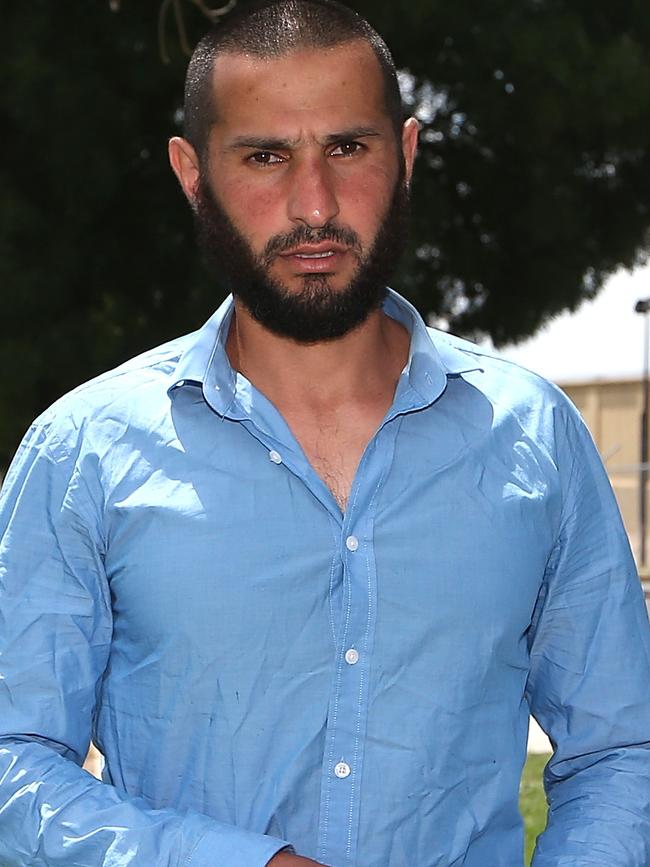
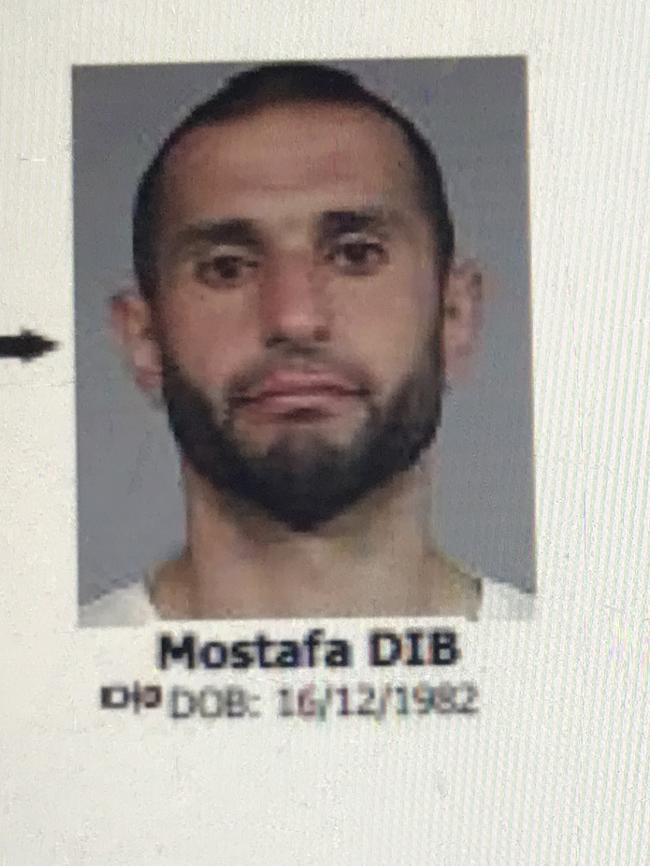
When Michael Ibrahim met his alleged co-conspirators at a park in Sydney’s Eastern Suburbs, the police were there, snapping away.
When Michael and his friends were being questioned by local police not connected to the Veyda investigation on Bondi Beach, they were there — across the road taking pictures.
The surveillance uncovered links between prominent Sydneysiders as more people came into the picture. There was even a journalist who was photographed meeting a Sydney crime figure in a Western Sydney street.
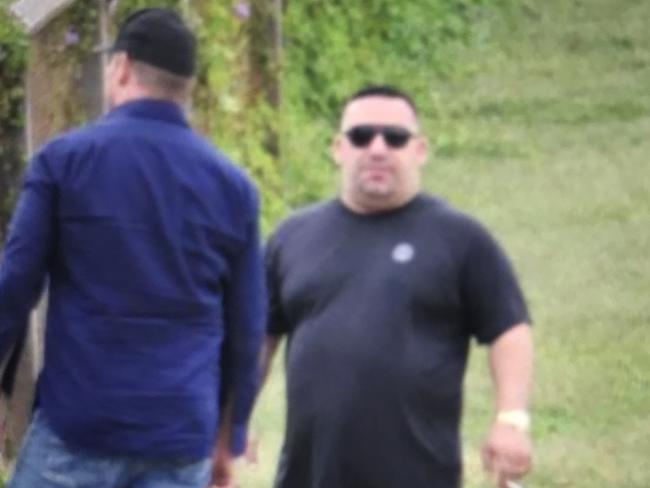
The crime figure, who has been charged with drug importation defences, cannot be named because he is set to contest the charges in his trial, which is imminent.
For each day the police followed their targets, they filled out paperwork, known as Surveillance Running sheets, which listed the names of the officers involved in the stake-outs, if photos and videos were taken, and who took them.
From there, the officers made meticulous notes on every movement made by Watsford, Michael Ibrahim and a collection of others.
In some instances, this was from the time they left their homes in the morning with the covert pursuit going well into the evening.


